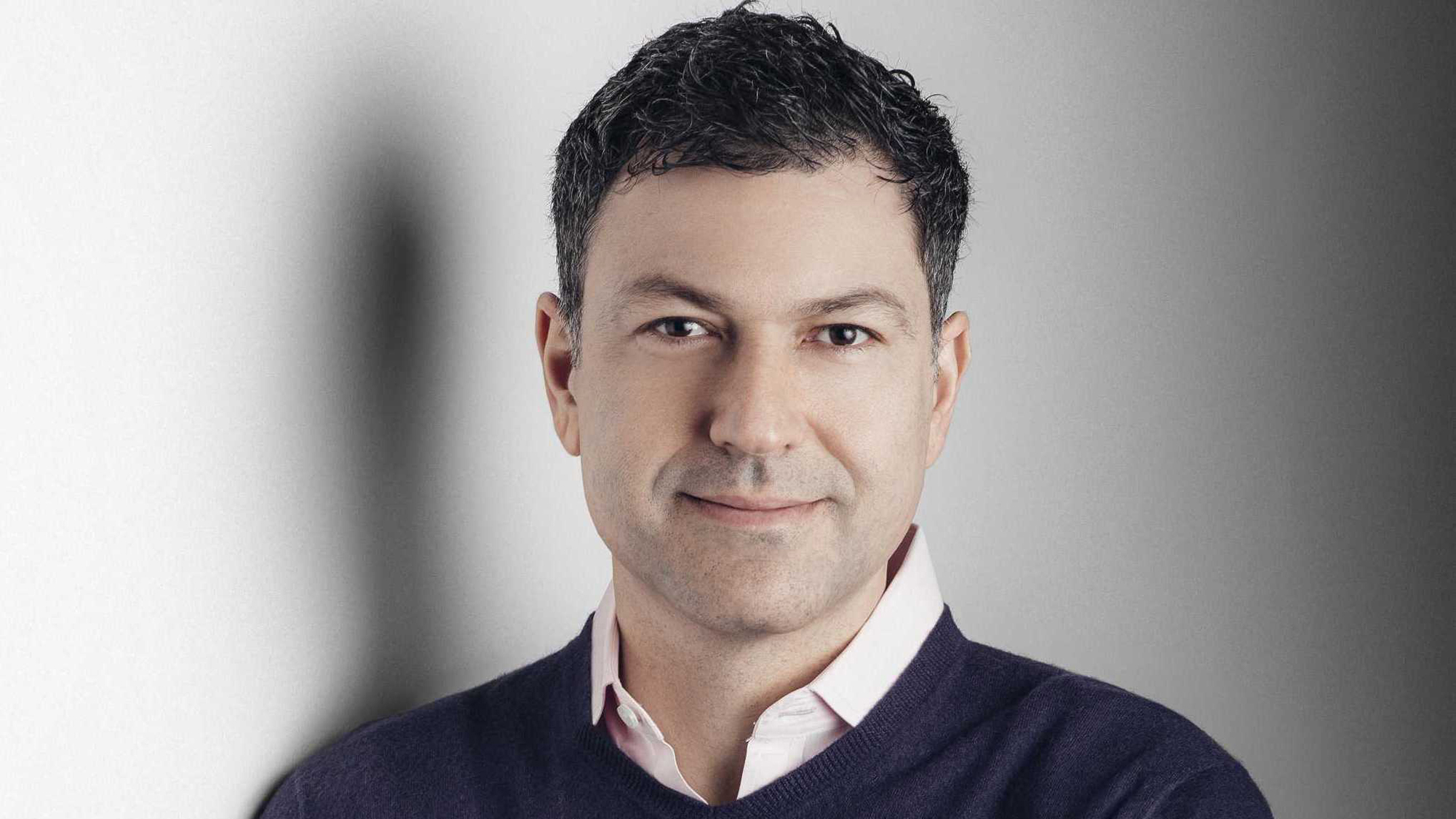FuboTV CEO David Gandler Says vMVPDs Are Pay TV's Future Gateway
Says consumers are headed for ‘SVOD fatigue’

Despite a falloff in overall subscribers in Q1, virtual MVPD services will bounce back and likely become the gateway for TV services for most consumers, fuboTV founder and CEO David Gandler said at an industry conference Thursday, adding that he sees the day when customers, tired of continued price increases at the growing number of SVOD services, will turn to aggregators like his company for their entertainment and sports content.
Virtual MVPDs lost about 240,000 subscribers in Q1, according to MoffettNathanson, compared to a loss of about 374,000 customers in the prior year, as gains at fuboTV (about 43,000) and YouTube TV weren’t enough to offset losses at other providers. Still, while some pundits said the losses were a sign that the vMVPD space was headed for more declines, MoffettNathanson said the falloff was an indication of the growing seasonality of the business.
Gandler, speaking at S&P Global Market Intelligence's virtual Kagan Media Summit on Thursday, agreed, adding that consumers that cut the traditional pay TV cord usually take a few months before signing up with a new service.
“Q1 saw several services that didn’t grow, but we saw that in the last Q1,” Gandler said. “What happens is someone cancels cable or satellite in Q1 and they wait until Q3 to sign up, either because they’re getting a new apartment, or it’s the NFL season. That has been, even for traditional cable, a historical time for signups.”
Gandler said that most consumers want more content, not less, and that in the end, they will likely turn to aggregators like FuboTV for entertainment, news and sports programming.
“I do believe vMVPDs will become the gateways of television when the street starts to push back on the cost associated with these SVOD services,” Gandler said, later estimating that there could be as many as 50 million subscribers in the vMVPD ecosystem in eight-to-10 years, “and SVOD services will look for ways to be part of those bundles.”
Gandler believes that despite some pretty hefty increases in the monthly charges for some MVPDs over the years, including his own. In the end, the success of any content service hinges on the value it delivers to the customer.
The smarter way to stay on top of the streaming and OTT industry. Sign up below.
“We were a $6.99 service per month back in 2015, increased prices 10 times and still managed to improve all of our KPIs,” Gandler said. “I believe that’s because we are able to provide that value proposition.”
He added that in Q1, the average fuboTV viewer watched 129 hours of content per month, more than twice the 50 hours the average Netflix customer watched that service.
And though fuboTV is sports focused, it offers general entertainment and new channels in its offerings too. That, he said, is key in attracting and retaining subscribers.
“We say, ‘Come for the sports, stay for the entertainment. Sports drives acquisitions, it does not drive retention,” Gandler said, adding that Q1 was fubo’s eighth straight quarter of churn reduction.
And that is happening even as vMVPDs have raised prices.
“The average customer, despite the fact that our product is now $65, is spending about 50 cents per hour,” Gandler said. “It packs a lot of punch for 50 cents per hour. Which [leads] me to believe that the proliferation of SVOD is only going to drive more customers to the virtual MVPD.”
Gandler said that most cord cutters are already paying around $60 per month for the SVOD services they subscribe to, like Netflix ($13.99), Amazon Prime Video ($12.99), Disney Plus ($7.99), HBO Max ($14.99), Hulu ($5.99 w/ads; $11.99 w/o ads) and Paramount Plus ($4.99 w/ads, $9.99 w/o ads).
“We know that media companies will eventually have to raise prices,” Gandler said. “Why? Because sports rights continue to cost more -- we saw that with the NFL deal that was up 100% -- we’ve seen that with more competition with respect to entertainment content with Apple and Amazon and others getting in to acquire series. Everyone is generally going to be paying more. Prices for those SVOD services right now are low because they want to get as many people in the door as possible, but ultimately prices will go up.”
Netflix has averaged a price increase about every two years, and in October upped the price of its standard package by $1 per month to $13.99. Disney Plus increased its monthly charges from $6.99 to $7.99 in March, and others are sure to follow. As the rising cost of content continues to put pressure on streaming services, Gandler said that something will eventually have to give.
“I believe that consumers are going to start reaching SVOD fatigue at some point,” Gandler said. “$65, $70 or $80 is not really a lot of money, given that people are watching seven days a week.”
Mike Farrell is senior content producer, finance for Multichannel News/B+C, covering finance, operations and M&A at cable operators and networks across the industry. He joined Multichannel News in September 1998 and has written about major deals and top players in the business ever since. He also writes the On The Money blog, offering deeper dives into a wide variety of topics including, retransmission consent, regional sports networks,and streaming video. In 2015 he won the Jesse H. Neal Award for Best Profile, an in-depth look at the Syfy Network’s Sharknado franchise and its impact on the industry.

